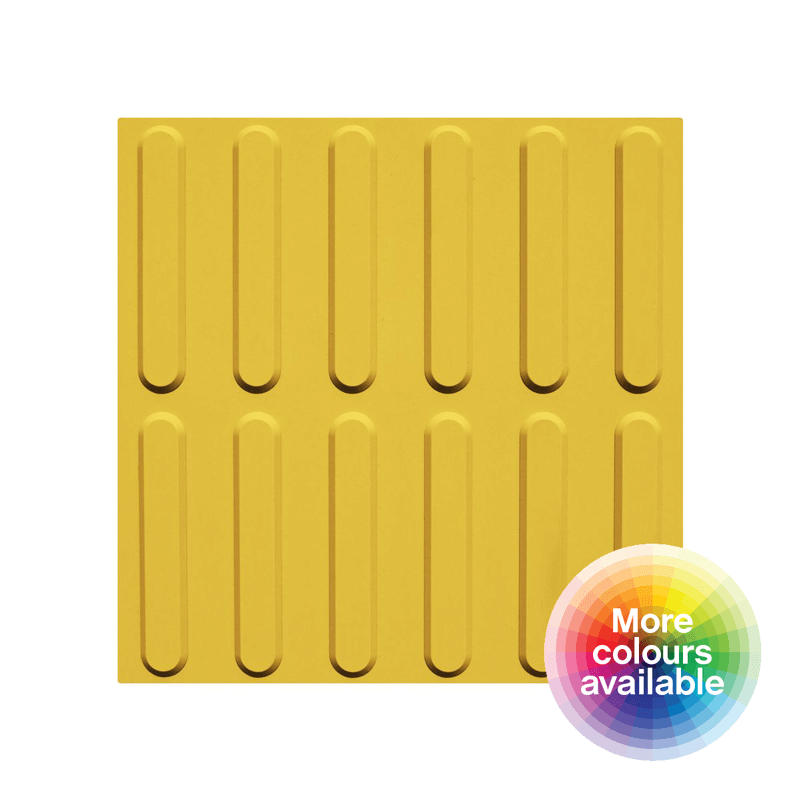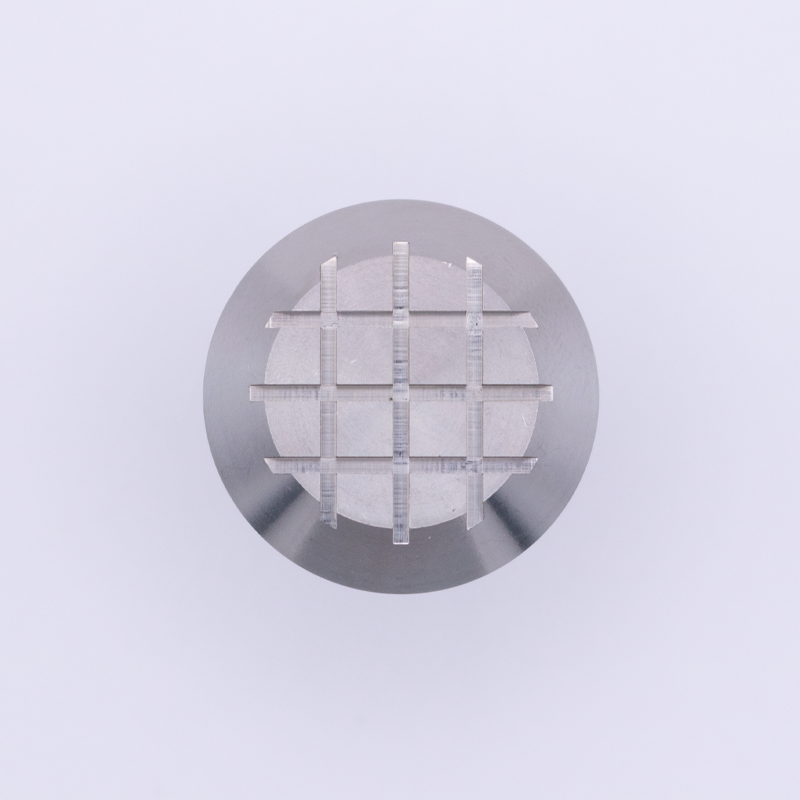TPU tactile tiles and indicators
Due to their TPU composition tactile tiles, indicators can be heated at the corner, using something like a hairdryer or an iron with a cloth placed over the tile. This heat will cause the adhesive to soften and allow you to slide a scraper tool underneath and pry the tile away from the surface. Once the tile is removed the adhesive residue can be cleaned up with surface cleaner or isopropyl alcohol. Alternatively, the residue can be scraped away and then hoovered up if there’s no isopropyl alcohol or surface cleaner available. If there are a large number of tactile tiles, something like a floor tile stripper may be ideal for tackling a greater area.


